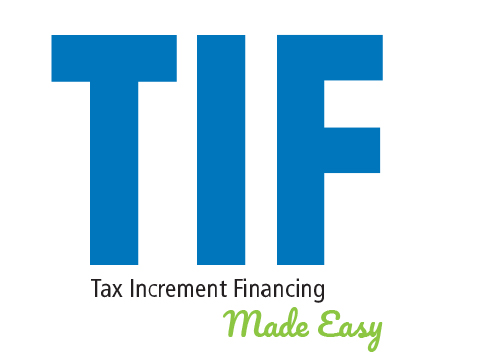TIF Financing Made Easy

What is TIF?
TIF stands for Tax Increment Financing. It is an economic development tool frequently used by cities, counties and authorities (like the Saint Paul Port Authority) to encourage developers to invest in under-performing, blighted areas. TIF financing is only available in TIF districts, which are designated by city council members.
TIF District Challenges
TIF areas face a number of challenges, because in most cases:
- The city does not have the funds needed to revitalize the property
- Developers are unwilling to invest because redevelopment costs would exceed property values
- Without action, the surrounding areas are at risk of decay and an eroding tax base
TIF Step-by-Step
Step One
The city, county or port authority enters into a TIF agreement with a developer for a term of 8-25 years. This is basically a loan, which will be repaid over the agreed upon term.
Step Two
The developer proceeds with the project, often paying for expenses as they go, with the anticipation of being reimbursed for a portion of the project with TIF funds.
Step Three
Upon completion, the market value of the property is expected to increase. The property owner will pay annual property taxes based on the increased property value.
Step Three
Taxes collected are then divided. The first portion is directed to the city, county and school districts, based on the value of the property prior to the redevelopment project. The developer is then paid with the additional taxes, or “incremental” tax revenue, generated because of the redevelopment project.
Step Four
Once the TIF commitment is repaid, the city, county and school districts will receive all taxes collected on the property going forward. In theory, this amount should far exceed what would be paid if TIF hadn’t been used. There is also the expectation of a ripple effect within the surrounding area: increased property values, new private investments, new jobs, etc.
TIF Requirements
Saint Paul limits the use of TIF to no more than 10 percent of the total tax base.
To qualify for TIF, the redevelopment project must pass the But for Test, which means the project would not have happened without TIF. The market value of the property is also expected to increase beyond the initial value (less the amount of TIF investments).
Eligible expenses include acquisition costs, rehabilitation, removal of hazardous materials and the installation of public utilities.
Recreational facilities do not qualify for TIF.